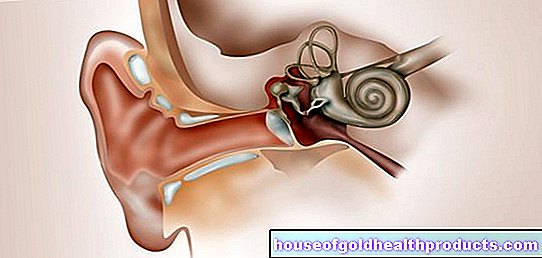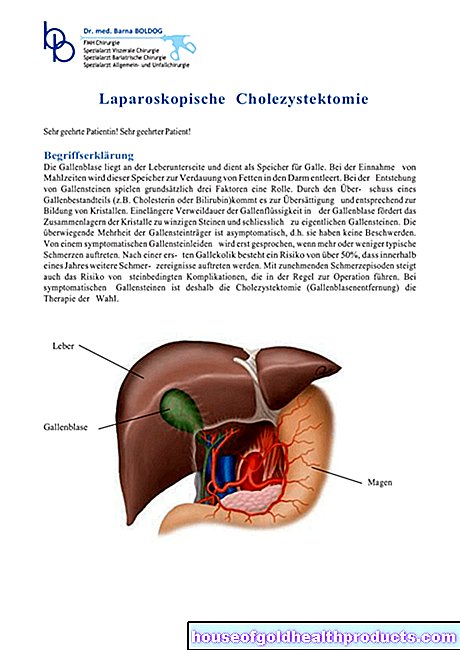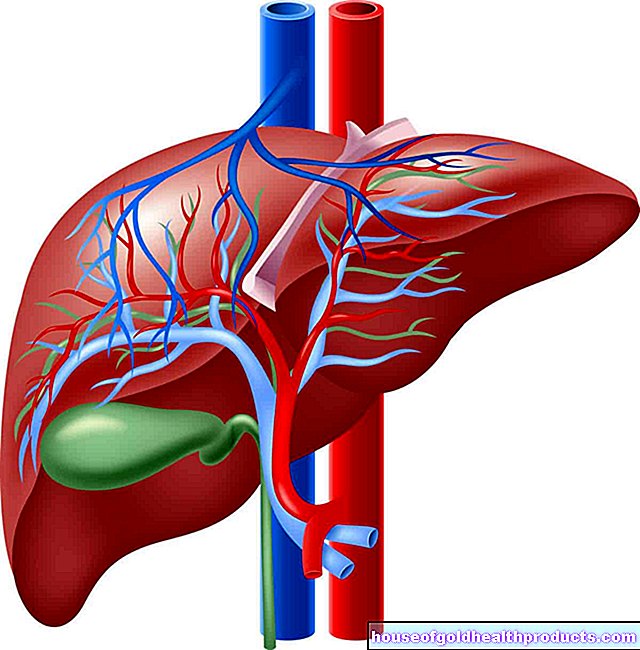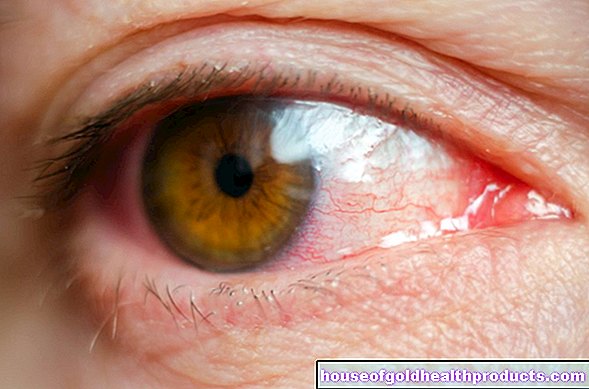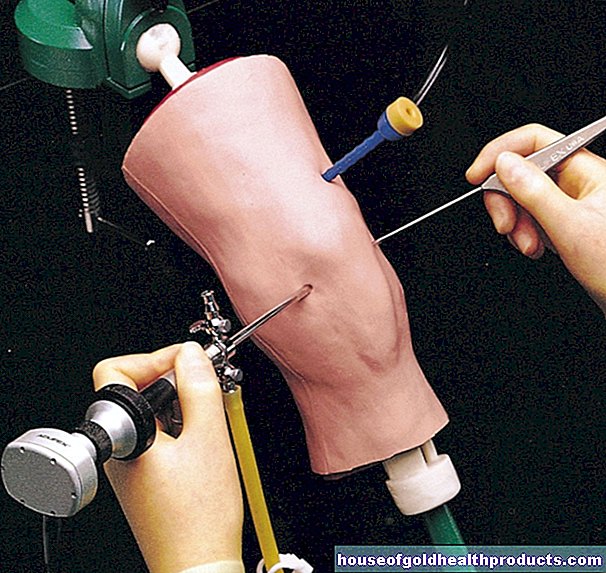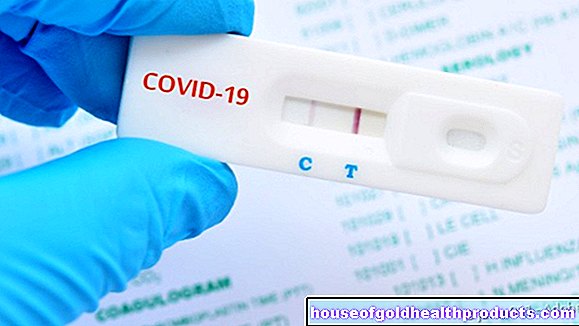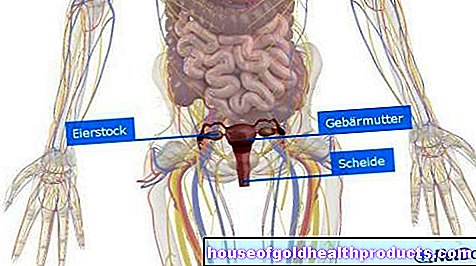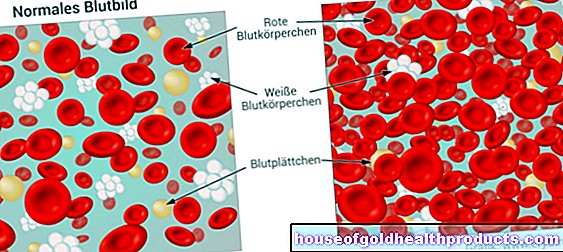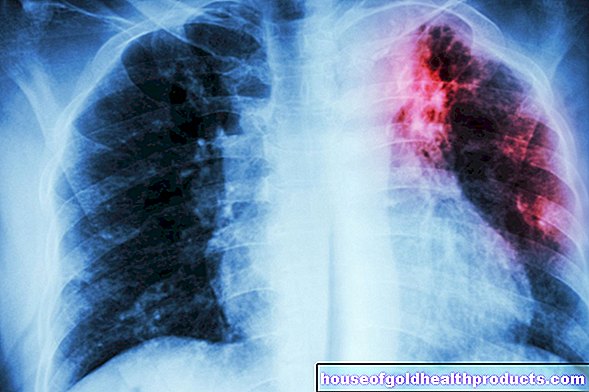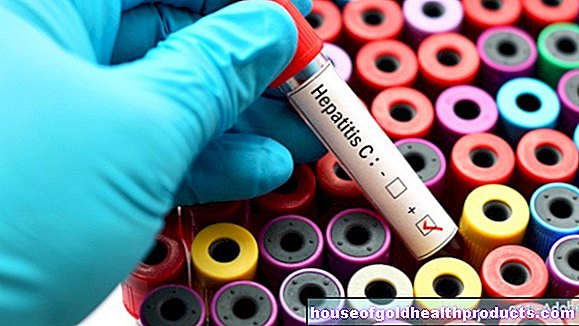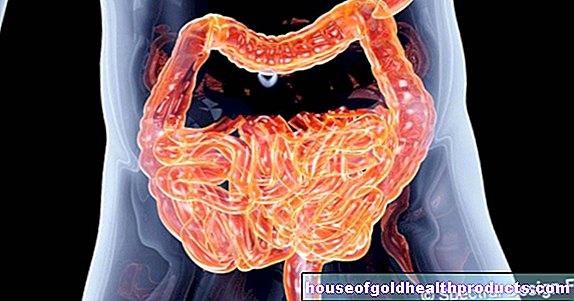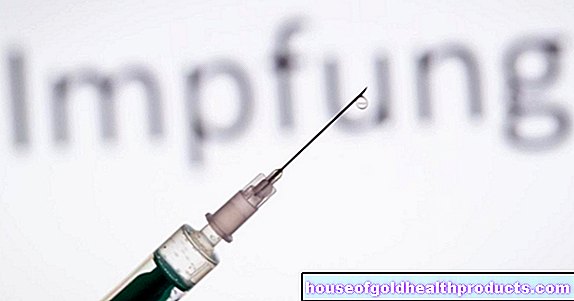Immobilization
Carola Felchner is a freelance writer in the medical department and a certified training and nutrition advisor. She worked for various specialist magazines and online portals before becoming a freelance journalist in 2015. Before starting her internship, she studied translation and interpreting in Kempten and Munich.
More about the experts All content is checked by medical journalists.Immobilization is a first aid measure that stabilizes injured body parts. The aim is to ensure that they hurt less and / or that the injury does not worsen with movement. Find out here how immobilization works and what to look out for.
![]()
Brief overview
- What does immobilization mean? To cushion or stabilize an injured part of the body in order to prevent or minimize (painful) movements.
- This is how immobilization works: The gentle posture that the injured person has assumed is supported or stabilized by padding. Depending on the part of the body affected, these “stabilizers” can be a blanket, a triangular scarf or pieces of clothing.
- In what cases? For broken bones, joint injuries and possibly also with snakebites.
- Risks: (Unintentional) movement while cushioning can worsen the injury. In the case of skull and spine injuries, particular care should be taken and any movement of the injured body area should be avoided.
Caution!
- It is difficult for laypeople to differentiate between broken bones and joint injuries. However, this does not matter for immobilization - the procedure is the same in both cases.
- As a first aider, move the injured part of the body as little as possible in order to save the patient unnecessary pain and not to aggravate the injury.
- If you can do it without moving the victim, cut open tight clothing. The injury can cause the tissue to swell. Pressure can build up in tight-fitting clothing, which can make the pain worse.
- Cover open fractures with a sterile wound pad.
How does immobilization work?
In the event of a fracture or a joint injury, the person affected usually intuitively assumes a relieving posture in which the pain subsides a little. With a immobilization, you as a first aider can support this relieving posture and prevent involuntary movements.
How to do it:
- Calm the victim down and talk to them. Ask where and what pain he is in and in which position the injured part of the body feels the least painful to him.
- Stabilize the injured part of the body in this position with a soft pad. In the case of a broken leg, this can be, for example, a blanket that is placed around the leg under the foot and fixed with bandages, triangular scarves, etc. (not too tight). In the case of a dislocated shoulder, you can put on a shoulder bandage with a triangular scarf that is placed around the forearm (two ends on the right and left around the neck and knotted in the neck).
- If there is no open wound, you can cool the area around the injury to reduce pain and swelling. Never place ice packs and ice directly on the skin, always wrap them in a (hand) towel. In this way you avoid tissue damage caused by the cold.
- Cover open wounds and fractures with a sterile wound pad to prevent infections.
When do I immobilize?
Immobilization is necessary for different types of injuries:
Broken bones
Although our bones are extremely robust, they can break when subjected to external force or excessive stress (e.g. during sports). A break can be recognized by the fact that the affected part of the body is tender and swollen, can be moved in unusual ways or has a misalignment. In the case of an open fracture, bone parts are also visible - the overlying tissue (skin, muscles, etc.) has been severed.
Joint injuries
An external force (e.g. push or pull) can cause a joint to jump out of the socket - the two joint surfaces separate and do not return to their original position after the force of force has ended. In addition, ligament tears or damage to the joint capsule can occur. Typical of a joint injury are severe pain from movement and pressure, an unusual position or mobility of the joint, bruising and swelling.
Snakebites
In films, the wrong first aid measures are usually shown in the event of a snake bite: the affected limb is tied off, the poison is sucked out with the mouth and / or the bite wound is cut out or burned out. Experts strongly advise against such drastic measures! Setting, vacuuming etc. can do more harm than good. When sucking out the snake venom with the mouth, the first aider is also at risk.
Instead, if you get a snake bite, you should immobilize the affected part of the body and take the injured person to the doctor (or alert the emergency doctor) as quickly as possible.
Risks of immobilization
As a first aider, you should always be very careful when immobilizing yourself. Every (unintentional) movement of the injured part of the body can cause great pain for the patient and, under certain circumstances, worsen the injury.
You should be particularly careful with spinal and head injuries: In such cases, it is best not to move the patient at all - unless there is a danger to life for the injured person from the surroundings at the scene of the accident, for example because the ceiling above is about to collapse.
Moving the injured limb (too much) can also have serious consequences with broken bones and joint injuries. Also, never try to set up a fracture or place a joint that has jumped out of the socket. This can worsen the injury and lead to bleeding, for example. So leave such measures to the paramedics or a doctor! As a first aider, you should limit yourself to immobilizing the injured part of the body - this is the best way to help the person affected!
Tags: nourishment drugs stress